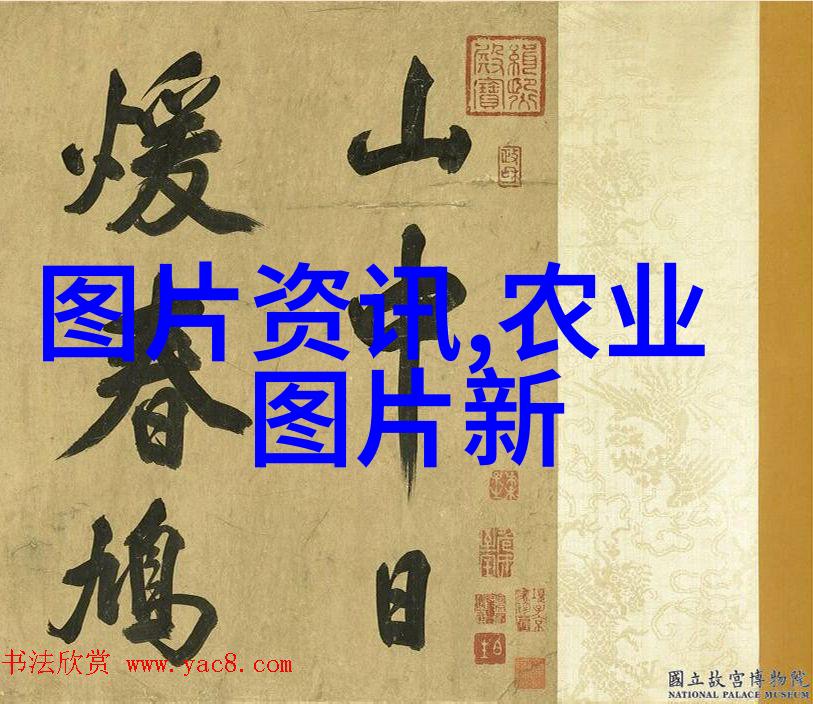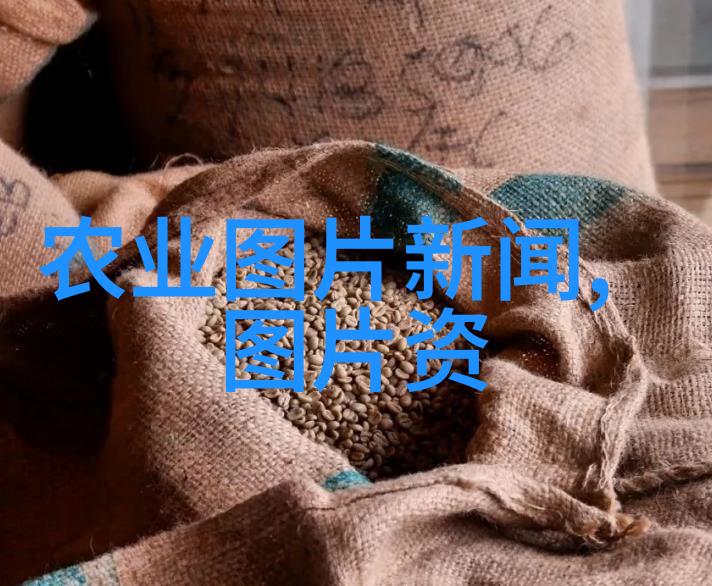您现在的位置是: 首页 - 图片资讯 - 政策调控能有效抑制农药价格过高吗 图片资讯
政策调控能有效抑制农药价格过高吗
2025-04-03 【图片资讯】 0人已围观
简介在过去的几年里,农药价格一直是全球农业市场的一个热点话题。特别是在2020年,这一问题引起了广泛的关注和讨论。那么,我们究竟为什么会看到农药价格的上涨,以及这些变化背后隐藏着什么样的政策影响呢?本文将从多个角度探讨这一问题,并分析政策调控是否能够有效地抑制农药价格过高。 首先,让我们来回顾一下2020年的具体情况。在许多国家和地区,包括中国、美国、欧洲等
在过去的几年里,农药价格一直是全球农业市场的一个热点话题。特别是在2020年,这一问题引起了广泛的关注和讨论。那么,我们究竟为什么会看到农药价格的上涨,以及这些变化背后隐藏着什么样的政策影响呢?本文将从多个角度探讨这一问题,并分析政策调控是否能够有效地抑制农药价格过高。

首先,让我们来回顾一下2020年的具体情况。在许多国家和地区,包括中国、美国、欧洲等,大部分主要农产品的种植者都面临着更高的成本压力,其中最显著的是对化学品——尤其是农药——使用成本的大幅增长。这不仅仅是简单的物价上涨,更是一个深层次的问题,它涉及到供需关系、生产技术、环境法规以及国际贸易等多方面因素。
当然,不同国家和地区对于如何应对这个问题采取了不同的策略。在一些国家,比如美国,一些州政府通过立法限制某些化合物或产品类型以减少使用量,从而降低总体成本。但这种方法并非没有争议,因为它可能导致某些专利保护下的新技术无法被应用,而这可能会进一步推动研究开发新的替代性解决方案。

另一方面,在中国,由于人口众多且经济快速发展,对食品安全要求日益严格,因此对农业投入也越来越大。这包括提高种植技术水平,同时加强监管,以确保食品安全。此外,随着环保意识提升,对化学品污染造成环境破坏的情况也越来越受到重视,这就促使政府出台了一系列环保措施,如限制某些有害化学品使用,从而间接影响了整个农业产业链中的农药成本。
然而,即便如此,不同区域之间由于气候条件不同,其需求差异巨大。而且,与其他行业相比,农业生产具有天然风险(如自然灾害),因此即使在实施了各种控制措施之后,也很难完全避免突发事件导致需求激增,从而推高价格。例如,如果一个重要作物发生病虫害爆发,那么需要迅速采购大量防治剂以保护作物,这无疑会加剧供应紧张并导致短期内价格飙升。

此外,还有一点值得注意,那就是全球化背景下国际市场对于国内粮食安全保障产生了重大影响。当海外市场出现紧缩时,本国为了维持出口稳定,有时候不得不增加进口量,以满足当地消费者的需求,而这又进一步增加了进口依赖,使得国内供应体系更加脆弱,同时也可能增加进口费用作为最终消费者的付款之一部分,最终反映为商品整体售价上的增幅。
综上所述,可以看出2020年中部份地区较大的经济波动与极端天气事件,加之持续不断的人类活动对地球资源消耗带来的长期后果,都直接或者间接地影响到了農藥價格走势。而作为一种不可预测因素,即突发性疾病或灾情也是决定農藥價格的一项关键因素。在这样的背景下,就需要通过综合性的政策手段进行调控,以减轻公众负担,同时保持可持续发展目标未受侵犯。

policymakers have been called upon to address these concerns by implementing policies that balance the need for agricultural productivity with the need to protect public health and the environment. This may involve subsidies or tax breaks for farmers who adopt sustainable practices, such as crop rotation or integrated pest management (IPM), which can reduce their reliance on chemical pesticides.
Another approach is to encourage research into alternative methods of pest control, such as biological control agents or genetically modified crops that are resistant to pests. These approaches may be more expensive in the short term, but they could lead to long-term cost savings and reduced environmental impact.

In addition, governments could impose stricter regulations on pesticide use, such as requiring farmers to follow best management practices (BMPs) or limiting the use of certain pesticides during peak water usage periods. These measures could help reduce the overall amount of pesticide used in agriculture and decrease its impact on human health and the environment.
Despite these efforts, it is important to recognize that there are no easy solutions to this problem. The global food system is complex and interconnected, and any changes made at one level will have ripple effects throughout the entire system. Therefore, a comprehensive approach that takes into account all of these factors will be necessary if we hope to effectively suppress high prices for agricultural inputs like pesticides.
In conclusion, while there are many challenges associated with controlling pesticide prices in 2020, there are also opportunities for positive change through policy interventions. By working together across sectors - including government agencies responsible for agriculture & trade policy; private sector companies developing new technologies & products; non-governmental organizations advocating for public health & environmental protection; consumers making informed choices about what they buy - we can create a more sustainable future where everyone has access not only nutritious food but also safe water supply without compromising our planet's resources.
As world population continues growing rapidly especially in urban areas where land availability becomes increasingly limited along with resource depletion due mainly because people consume much more than nature provides us every year so far since last few decades before 2015 when I started writing this paragraph after taking time off from my studies just now finished reading some books related topics above mentioned here today finally got chance write something back you ask me questions!





